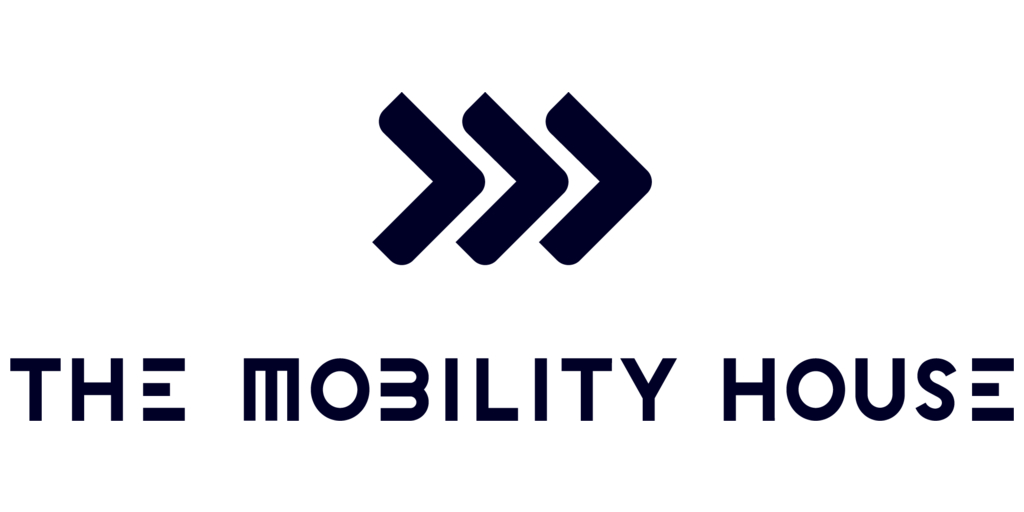The technical guide from technology provider The Mobility House is the first to deeply explore the criticality of ALM to enabling the deployment of electric vehicle depot charging at scale, drawing on deep experience throughout Europe and North America.
BELMONT, Calif.–(BUSINESS WIRE)–The Mobility House (the company), a global provider of electric vehicle charging technologies and solutions, has today released the first-of-its-kind technical guide to automated load management (ALM), a technology that will be increasingly essential to powering the electric vehicle (EV) transition. The report draws on The Mobility House’s experience and data from managing more than 1200 smart charging sites worldwide, including more than 100 “oversubscribed” sites, the term used for sites where ALM is used to install electric vehicle supply equipment (EVSE) nameplate capacity that exceeds the site’s utility connection. This is the essential purpose and value of ALM – to reduce or eliminate the need for upgrades by controlling charging load within a set limit.
ALM is essential for the U.S. to meet its ambitious electrification goals. U.S. electrical distribution utilities are now experiencing the very beginning of what will be an unprecedented amount of grid upgrade requests, particularly as Medium- and Heavy Duty fleets are incentivized to electrify by state mandates and recent federal legislation. Due to a mismatch between EV installation and grid construction timeframes, as well as grid component and labor shortages, utility distribution upgrades are becoming a major bottleneck to fleet electrification.
ALM technology is now widely used for EV charging applications in Europe and increasingly in the U.S. and is accounted for in every edition of the National Electrical Code, which governs permitting in the U.S., since 2014. However, there has been no publicly available technical guide to which fleets, utilities, electricians, engineers and other stakeholders could refer, until now. This guide will help establish a common baseline understanding of the capabilities of ALM, the appropriate use cases for its deployment, and the regulatory and procedural frameworks stakeholders can refer to, establishing new collaborative and mutually beneficial EV energization processes.
The Technical Guide touches on the well-documented challenges faced by utilities and stakeholders that need upgrades to distribution level grid infrastructure at Medium- and Heavy Duty fleet charging sites that previously didn’t have significant energy demand. The report explores various options to provide sufficient power on a constrained site without ALM, and compares those to scenarios in which ALM is used. The paper discusses how ALM is considered in the National Electrical Code (NEC), explores case studies from the U.S. and E.U., and proposes a recommended process for securing approvals from your local authority having jurisdiction (AHJ).
“We are enthusiastically optimistic about the potential for ALM to enable fleets to overcome power constraint challenges to rapidly and cost effectively meet their electrification goals,” said Greg Hintler, CEO North America of The Mobility House. “We are offering this technical guide free of charge to stakeholders across the energy and mobility industries to accelerate understanding of the technology, how to deploy it, and where it is already in operation.”
To download and read the full, 20-page report, visit mobilityhouse.us.
About The Mobility House
The Mobility House is a world leader in smart charging solutions. Our technology platform ChargePilot® enables reliable and efficient charging of electric vehicle fleets and vehicle grid integration using intelligent charging and energy management. ChargePilot® has been implemented in more than 1200 charging depots across North America, Europe, and Asia with leading electric bus operators, delivery service fleets and on corporate campuses. For more information, visit mobilityhouse.us.
Contacts
Dylan Gasperik
[email protected]
650-629-4262



